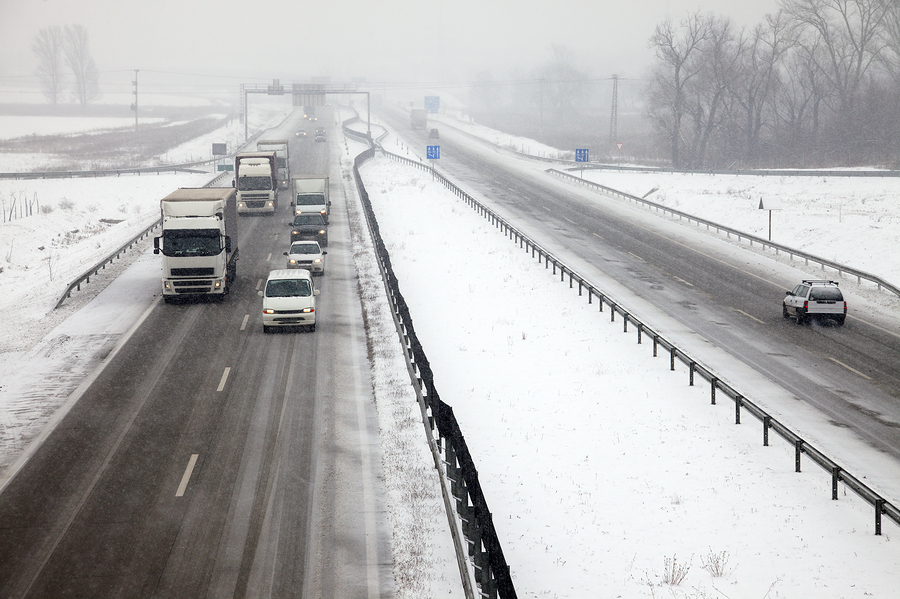New England states enjoying the first signs of spring were hit with a wintry blast of snow on Monday and parts of the U.S. Midwest prepared for a blizzard.
The snow storm in New England brought more than 2 inches (5 cm) of snow to Portland, Maine, and up to half a foot fell in inland areas of the state and parts of neighboring New Hampshire, said meteorologist Brian Hurley of the federal Weather Prediction Center.
Some places in New England can expect to receive up to 10 inches (25 cm) of additional snow by Wednesday, when the storm will drift out into the Atlantic Ocean, Hurley said.
The wintry weather in New England was not blustery enough to count as a blizzard, meteorologists said, but a stronger storm was forming over the Midwest, taking shape as a blizzard that will strike on Tuesday night.
The snow storm will wallop Wyoming, Nebraska, Minnesota, Wisconsin and South Dakota, with some areas receiving more than a foot of snow, said Dave Samuhel, senior meteorologist at Accuweather.com.
“All-Out Blizzard’
“This is going to be an all-out blizzard,” Samuhel said, adding that the peak of the snowfall will come on Thursday.
“It’s going to be an impressive storm,” Samuhel said. “You want to get where you need to be before the snow falls because it’s going to come in heavy.”
The blizzard will create hazardous roadway conditions in some parts of the Midwest and could trigger power outages, Samuhel said, but the snow will likely melt quickly in time for the weekend.
The National Weather Service said a rapidly deepening low-pressure system is sweeping eastward. The Weather Service has posted storm watches and warnings in parts of 10 states, from Montana and Utah east to Minnesota and west-central Wisconsin.
The weather system could pile more misery on areas that are still recovering from last month’s “bomb cyclone”, a late-winter blizzard that brought high winds and drifting snow to the Rocky Mountain region. It then turned into drenching rains as it moved across the Midwest and caused widespread flooding along the Missouri River.
In January, an unusually strong arctic cold blast known as a “polar vortex” shattered a few all-time cold records in the Upper Midwest, creating wind chills as cold as 60 degrees below zero Fahrenheit (minus 50 Celsius).
Was this article valuable?
Here are more articles you may enjoy.


 What The Return of California’s ‘Death Discount’ Means for Litigation
What The Return of California’s ‘Death Discount’ Means for Litigation  The Return Period for An LA Wildfire-Scale Event May Be Shorter Than You Think
The Return Period for An LA Wildfire-Scale Event May Be Shorter Than You Think  OpenAI And Microsoft Sued Over Murder-Suicide Blamed on ChatGPT
OpenAI And Microsoft Sued Over Murder-Suicide Blamed on ChatGPT  Musk’s xAI Faces California AG Probe Over Grok Sexual Images
Musk’s xAI Faces California AG Probe Over Grok Sexual Images 